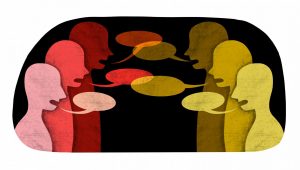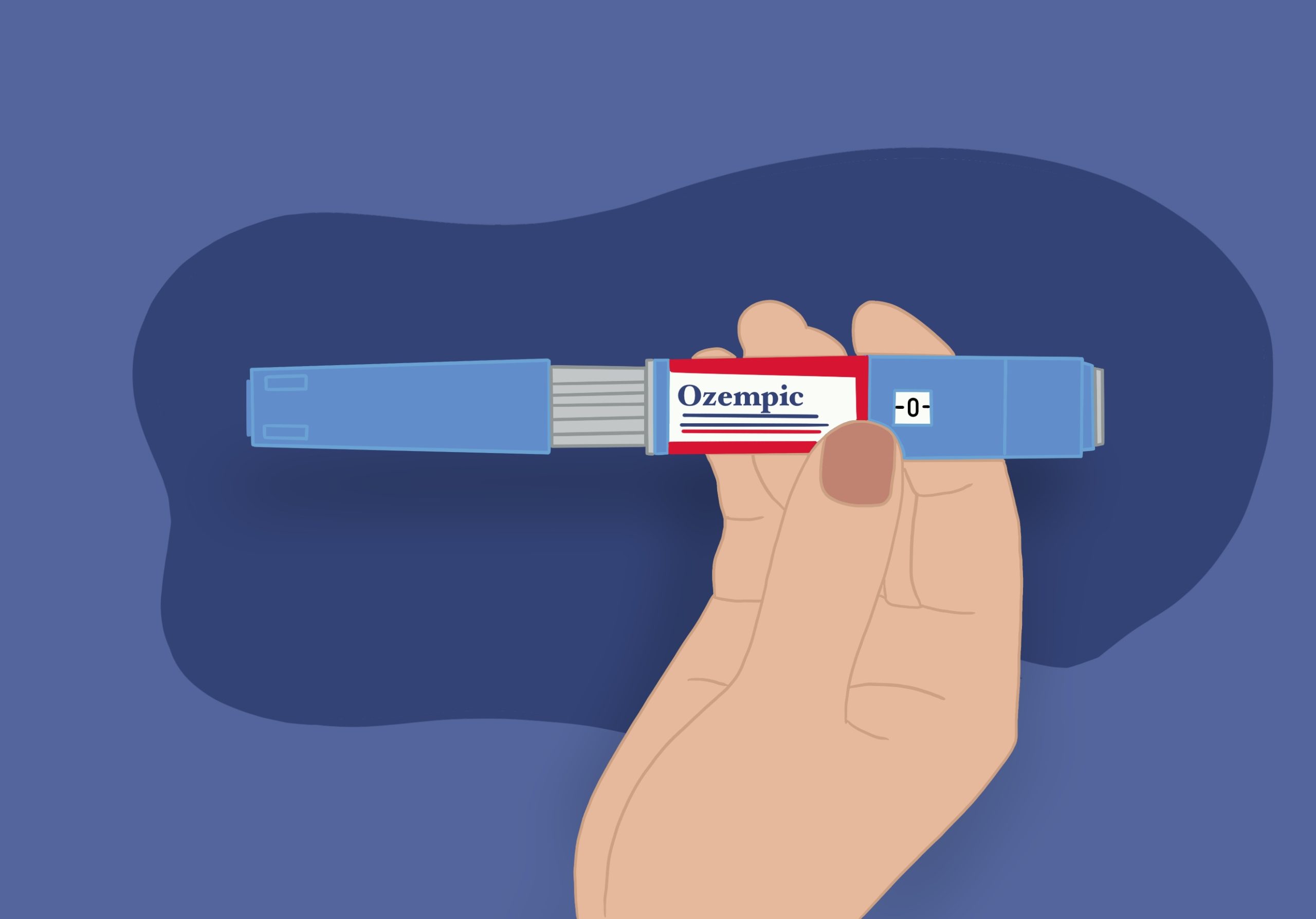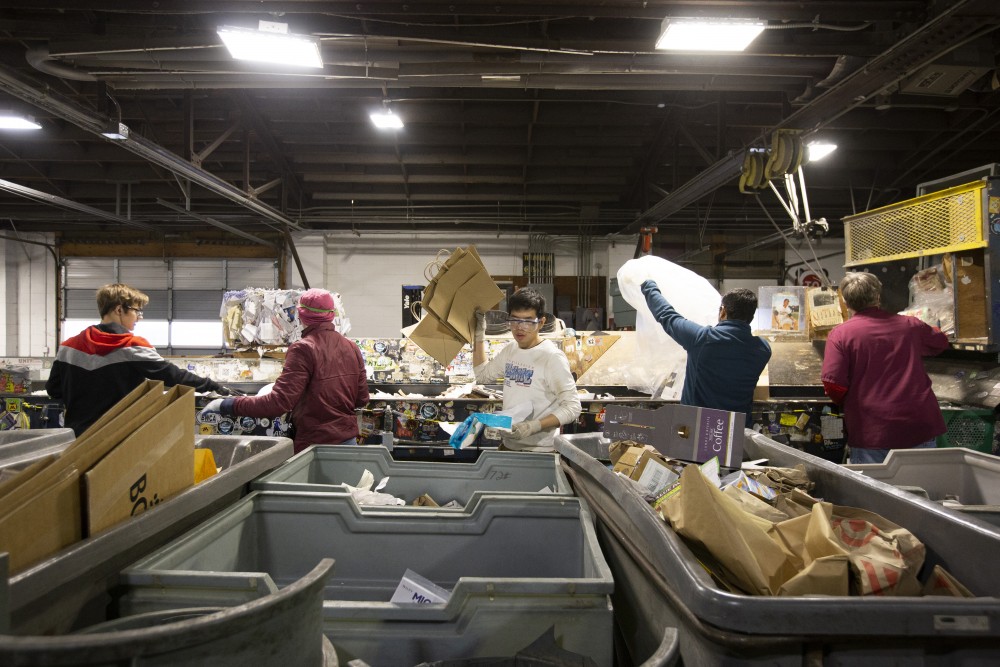Efforts are underway by the University of Minnesota’s recycling program to make research laboratories on campus less wasteful.
A pilot program was rolled out in Nils Hasselmo Hall this month to collect polypropylene plastic, which includes lab materials like test tubes and pipettes. Most research labs generate a significant amount of waste because most plastic material is only used once, researchers say.
Recycling bins were installed throughout the building, and recycling program facilitators are now working to educate researchers on how to properly recycle the material.

“Our long-term goal is to make campus zero-waste, and this is a small step towards reaching that goal,” said Todd Tanner, the program coordinator for ReUse, which helps salvage wasted and extra materials on campus.
The University recycling program has been collecting polypropylene plastics for the past four years, but the pilot program is the first building-wide collection of the material. There are bins around the building where researchers can bring the used polypropylene materials from their labs.
The data gathered from the pilot program will be used to help improve the program and expand recycling to more labs on campus.
According to a study published in the journal Nature, an estimated 5.5 million tons of plastic waste was generated in biological, medical and agricultural research laboratories around the world in 2014. These labs produce the most plastic waste, the study said.
Research laboratories generate a heavy waste stream because most plastic material is only used once, said Allison Paradise, founder of My Green Lab, a nonprofit that works to help make labs more sustainable. Many materials in labs are only used once to avoid contaminating and mixing material.
The Wickman lab, located in Hasselmo Hall, has already been recycling polypropylene plastic for about three months through the University’s recycling program.
“We generate a lot of polypropylene trash, so we just thought, ‘Why aren’t we recycling this?’” Wickman Lab Manager Ezequiel Marron said.
The pilot program’s facilitators have also contacted labs around campus to promote the collection system. “We have been reaching out to labs, offering to set up a collection point if they are interested,” said Elizabeth Logas-Lindstrom, the University’s recycling coordinator.
The laboratory recycling program is a continuation of Dana Donatucci’s work, who served as the University’s recycling coordinator for almost 30 years before retiring last year. He started collecting polypropylene material from labs a few years ago.
The plastic collected is sold to Avon Plastics, a company based in Paynesville, Minnesota, who break down the material to make products such as moldings and lawn items.
The company currently collects about 10,000 to 15,000 pounds of polypropylene and other plastic from the University every couple months, said Nick Scherping, purchasing manager for Avon Plastics.
Logas-Lindstrom and Tanner say they hope the pilot program will bring attention to recycling lab material.

Some labs work with material that could contaminate the recycling stream. Christine Salomon, an associate professor for the University’s Center for Drug Design, works with bacteria in her Hasselmo Hall lab. Because the plastic has been contaminated by the bacteria, it can’t be recycled.
“We can’t risk contaminating the whole recycling bin,” Salomon said.
Luckily, Salomon said her lab does not generate as much plastic waste as some other labs because they often use glass containers.
For now, coordinators for the University’s recycling program are hoping to continue expanding plastic recycling in labs and encourage researchers to reach out if they are interested in recycling their polypropylene material.
Correction: A previous version of this article misspelled Logas-Lindstrom’s name.















